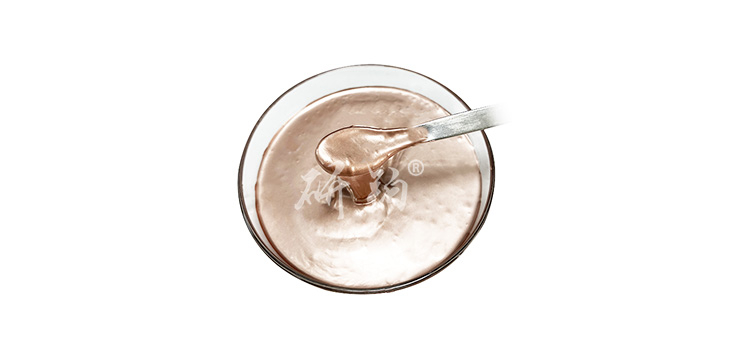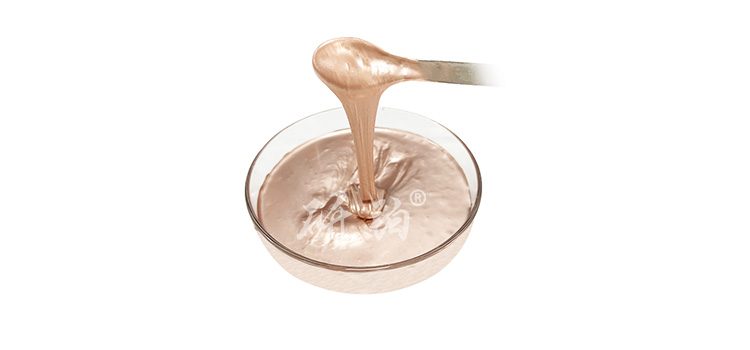With the rapid development of electronic technology, the requirements for packaging materials are increasing day by day. Low temperature sintered copper paste, as an important connecting material, has been widely used in the field of microelectronic packaging due to its excellent conductivity, thermal stability, and cost-effectiveness. However, the copper content in the copper paste has a significant impact on the properties, especially the lifespan, of its sintered layer. This article aims to explore the research and development of Advanced Institute (Shenzhen) Technology Co., LtdYB5111 low-temperature sintered copper paste from Yanbo brandThe influence of changes in copper content on the lifespan of sintered layers, and the theoretical basis for practical applications through comparative analysis of experimental data.
Experimental Materials and Methods
experimental materials
- YB5111 low-temperature sintered copper paste from Yanbo brand: made ofAdvanced Institute (Shenzhen) Technology Co., LtdProvided, this copper paste is designed for low-temperature sintering environments and has good fluidity and sintering performance.
- Substrate material: Select commonly used ceramic substrates to ensure the universality of experimental results.
Experimental methods
- Copper paste preparation: Adjust according to experimental designResearch Platinum YB5111 Copper PasteFour types of copper paste samples were prepared with copper content of 5%, 10%, 15%, and 20% (mass percentage) based on the copper powder content in the sample.
- Coating and sintering: Copper pastes with different copper contents are uniformly coated on ceramic substrates, and then sintered under set low temperature conditions (such as 250 ℃) to ensure consistent sintering process.
- Performance testing:
- Thermal cycle test: Conduct 600 thermal cycles within the temperature range of -40 ℃ to 125 ℃, with a heating and cooling rate of 10 ℃/min, using a thermal cycle test chamber for testing.
- Humidity aging test: Conduct a 1000 hour humidity aging test under 85% relative humidity and 85 ℃ conditions, with a humidity control accuracy of ± 2%, using a constant temperature and humidity test chamber for testing.
- Electrical performance testing: Measure the resistance value of the sintered layer before and after aging using the four probe method, and conduct testing using a Keithley 2400 source meter.

Experimental results and analysis
Thermal cycle test
After 600 thermal cycles in the temperature range of -40 ℃ to 125 ℃, sintered layers with different copper contents exhibit different life characteristics. Experimental data shows that:
- 5% copper content: After thermal cycling, the crack area of the sintered layer reaches 25%, and the peeling part accounts for 15% of the total volume, indicating weak resistance to thermal shock.
- 10% copper content: The crack area of the sintered layer is only 5%, and peeling is almost invisible, indicating a long service life.
- 15% copper content: Although the density of the sintered layer has been improved, excessive copper content leads to increased volume shrinkage during the sintering process, with crack areas reaching 10% and peeling parts accounting for 5% of the total volume. The performance decreases after thermal cycling.
- 20% copper content: In the thermal cycling test, the crack area of the sintered layer reached 30%, and the peeling part accounted for 20% of the total volume, indicating that excessive copper content is not conducive to the long-term stability of the sintered layer.
Humidity aging test
After conducting a humidity aging test for 1000 hours at 85% relative humidity and 85 ℃, it was found that:
- The resistance change rate of the sintered layer with 10% copper content is only 2%, indicating that its moisture resistance is the best and beneficial for maintaining long-term stable electrical performance.
- The resistance change rate of the sintered layer with 5% copper content is 10%.
- The resistance change rate of the sintered layer with 15% copper content is 8%.
- The resistance change rate of the sintered layer with 20% copper content reaches 15%.
Electrical performance testing
By measuring the resistance values of the sintered layer before and after aging, the influence of copper content on the stability of the electrical properties of the sintered layer was further verified. The experimental results show that:
- The sintered layer with 10% copper content has the smallest resistance change after aging, with a change rate of 2%, and maintains a high conductivity.
- The resistance change rate of the sintered layer with 5% copper content is 10%.
- The resistance change rate of the sintered layer with 15% copper content is 8%.
- The resistance change rate of the sintered layer with 20% copper content reaches 15%.

discuss
The copper content isLow temperature sintered copper pastePlays a crucial role in it. An appropriate amount of copper content (such as 10%) can optimize the microstructure of the sintered layer, reduce pores and defects, improve the density and mechanical strength of the sintered layer, thereby extending its service life. However, excessive copper content can lead to increased volume shrinkage during sintering, increased internal stress, and reduced thermal shock resistance and moisture resistance of the sintered layer. On the contrary, a low copper content can lead to insufficient sintering, affecting the density and conductivity of the sintered layer.
Reverse impact
If the copper content is not optimized, it may bring the following negative impacts in the field of microelectronic packaging:
- Excessive copper content: In addition to a decrease in sintering layer performance, frequent replacement of damaged components due to short lifespan can increase production costs by up to 20%. In addition, excessive copper content may also lead to an increase in packaging size, affecting product design and layout.
- Low copper content: It can cause the conductivity of packaged electronic components to be lower than the standard value by 10%, affecting the overall performance of the product and potentially leading to unstable signal transmission and even malfunctions.
conclusion
in summary,YB5111 low-temperature sintered copper paste from Yanbo brandThe change in copper content has a significant impact on the lifespan of the sintered layer. By optimizing the copper content to an appropriate level (such as 10%), the thermal stability, moisture resistance, and electrical stability of the sintered layer can be significantly improved, thereby extending its service life. This discovery provides important theoretical basis and practical guidance for the application of low-temperature sintered copper paste in the field of microelectronic packaging. Future research can further explore the effects of different additives and sintering processes on the properties of sintered layers, in order to further enhance the comprehensive performance of sintered copper paste.
The above data is for reference only, and specific performance may vary due to production processes and product specifications.






